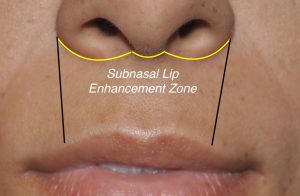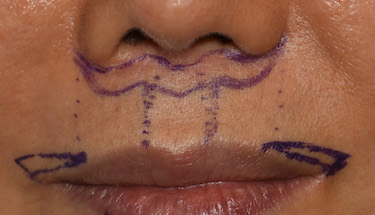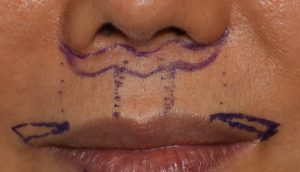The subnasal lip lift is a well known upper lip reshaping procedure. By removing an irregular pattern of skin from the nasal base area, the upper lip is vertically shortened. With that comes an increase in the size of the cupid’s bow region with some increase in upper tooth show as well.

For this reason subnasal lip lift patients are at risk for creating an upper lip vermilion size mismatch, known as the rabbit look, in certain situations. The most common reason is if too much of the philtral skin distance is reduced. (always safe to keep the amount of vertical skin excision no more than 25% to 33% of the philter length. It can also occur when the upper lip vermilion is very thin on the sides and becomes out of balance when the center gets bigger. It is also a risk when secondary subnasal lip lifts are performed which, by definition, may exceed the 1/3 vertical distance excision guideline.

There is a fine line scar tradeoff but it usually does well if carefully executed and with this small amount of skin removal.
Dr. Barry Eppley
Indianapolis, Indiana




